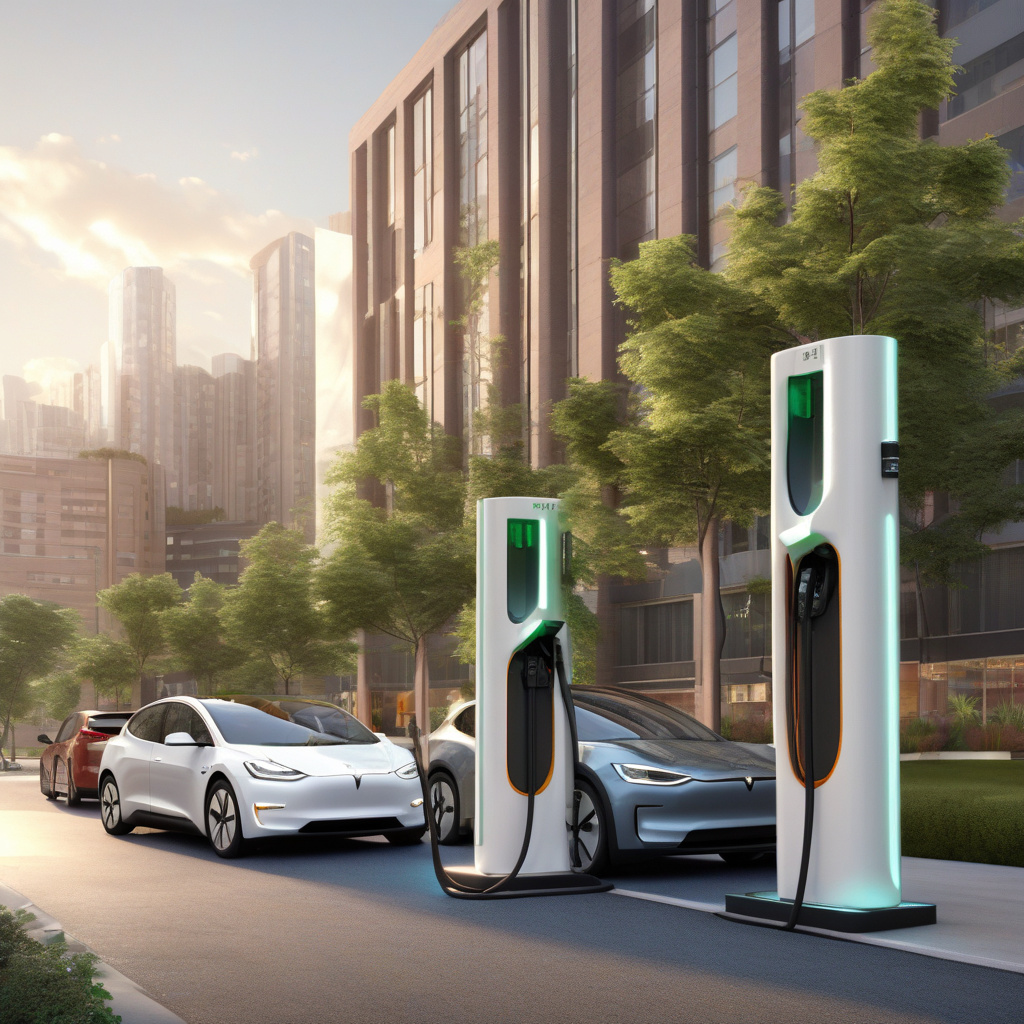Parked EVs and Water Heaters Could Turn Cities into Flexible, Giant Batteries
New research has found that electric vehicles (EVs) and household hot water systems could significantly transform urban areas into vast, adaptable batteries. This groundbreaking discovery showcases the potential for a more sustainable and efficient energy ecosystem, paving the way for a greener future.
The concept revolves around utilizing the parked EVs and water heaters as decentralized energy storage units. During off-peak hours, when electricity demand is low, these devices can store excess energy generated from renewable sources such as solar and wind power. Subsequently, during peak hours when demand surges, this stored energy can be fed back into the grid, helping to stabilize the energy supply and reduce strain on traditional power plants.
One of the key advantages of this approach is its flexibility. By aggregating thousands of EVs and water heaters, cities can create a virtual power plant with a massive storage capacity. This can effectively balance out fluctuations in energy generation and consumption, making the grid more reliable and resilient.
Moreover, this system can also bring financial benefits to both consumers and utility companies. EV owners can earn money by selling surplus energy back to the grid, essentially turning their vehicles into revenue-generating assets. At the same time, utility companies can reduce their reliance on expensive peaker plants and lower overall operating costs.
To illustrate this concept in action, let’s consider a scenario where a city experiences a sudden spike in energy demand due to extreme weather conditions. Traditionally, this would require firing up additional power plants to meet the increased load, leading to higher costs and potentially increased carbon emissions.
However, with a network of parked EVs and water heaters acting as a collective energy storage system, the city can tap into this reserve capacity to bridge the gap between supply and demand. This not only helps to stabilize the grid but also reduces the need for environmentally harmful energy sources.
Furthermore, the integration of smart technology and advanced energy management systems is crucial for the successful implementation of this concept. By leveraging real-time data and predictive analytics, stakeholders can optimize the charging and discharging cycles of EVs and water heaters to maximize efficiency and cost-effectiveness.
In conclusion, the potential of parked EVs and water heaters to transform cities into flexible, giant batteries is a game-changer in the realm of sustainable energy solutions. By harnessing the power of distributed storage and smart grid technologies, urban areas can enhance their energy resilience, reduce carbon footprint, and create new economic opportunities for both consumers and utilities.
As we continue to explore innovative ways to build a cleaner and more sustainable future, initiatives like this underscore the importance of thinking outside the box and embracing creative solutions to address the challenges of our ever-evolving energy landscape.
electricvehicles, energyefficiency, sustainablecities, renewableenergy, smartgrid












